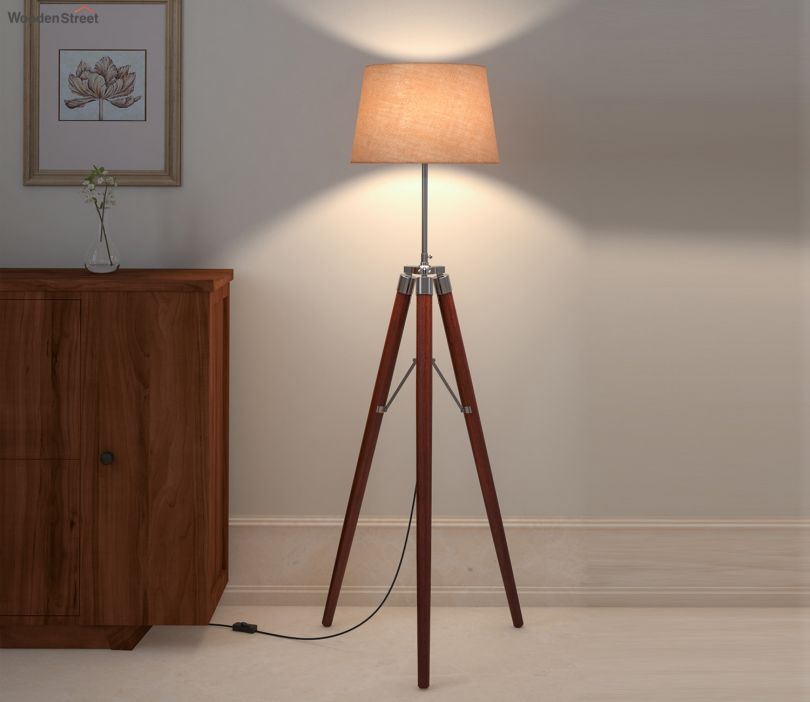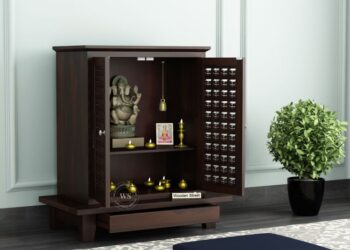Introduction: The Power of Layered Lighting
In modern interior design, lighting is more than just a necessity—it’s an art form. While overhead fixtures provide ambient light, they often leave spaces feeling flat or too harsh. This is where floor lamps step in. Perfect for layered lighting, floor lamps add dimension, mood, and elegance to any room—especially the living room.
Whether you’re working with a cozy apartment or a spacious open layout, knowing how to decorate with floor lamps can instantly elevate your interior. In this guide, we’ll explore how to use floor lamps, standing lamp, and corner lamps for living rooms to craft a warm, welcoming ambience.
What Is Layered Lighting and Why Does It Matter?
Layered lighting refers to combining different types of lighting to create depth and flexibility in a room. The three core layers include:
- Ambient Lighting: The general lighting that brightens up the entire space.
- Task Lighting: Focused lighting for specific activities, like reading or working.
- Accent Lighting: Decorative lighting that highlights design features or sets the mood.
Floor lamps play a vital role across all these layers, especially when strategically placed and selected for both function and style.
Types of Floor Lamps for Layered Lighting
Choosing the right floor lamp begins with understanding the different types and their purposes:
1. Standard Standing Lamp
Also known as a torchiere, this type directs light upward to bounce off the ceiling and diffuse softly around the room. It’s perfect for ambient lighting in the living room.
Best for: Main living room lighting, open areas.
2. Arc Floor Lamp
With its curved stem, this lamp reaches over furniture to cast light downward, offering a modern look. It works well above sofas or dining tables.
Best for: Task or accent lighting over seating areas.
3. Tripod Floor Lamp

Designed with a wide base and stable form, tripod lamps are both stylish and functional. Many come with fabric shades that soften the glow.
Best for: Corners and beside reading chairs.
4. Shelf Floor Lamp
These dual-purpose lamps come with built-in shelves for added storage. Ideal for small spaces, they offer light and function together.
Best for: Compact living rooms or minimalist interiors.
5. Corner Floor Lamp
A corner lamp for the living room can completely change the dynamics of the space by brightening forgotten spots while creating visual balance.
Best for: Dull corners and asymmetrical layouts.
Strategic Placement: Where to Put Floor Lamps for Maximum Impact
To truly achieve layered lighting, placement is just as important as the lamp style. Here are some expert tips:
Beside the Sofa or Couch
Place a floor lamp slightly behind or beside the sofa to act as task lighting for reading or relaxing.
In Corners That Need Brightening
Use a corner lamp for the living room to illuminate dark, unused corners and make the room feel larger.
Next to Accent Furniture
Highlight design pieces like a reading chair, indoor plant, or artwork using a standing lamp.
Near Entryways
Tall, slim floor lamps at the entry can create an inviting first impression without taking up much space.
Decor Tips: How to Style Your Floor Lamps
Lighting is functional, but it should also blend with your decor. Follow these decorating tips to ensure your floor lamps complement your style:
Match the Finish
Choose metal, wood, or matte finishes that align with your furniture hardware and overall theme.
Pick the Right Shade
Neutral shades give soft light, while colored or patterned ones make a bold statement. Fabric shades diffuse better than glass.
Create Balance
If your room already has dominant lighting elements, opt for minimalist floor lamps to maintain harmony.
Think of Scale
Large living rooms can handle tall or wide standing lamps, while compact rooms benefit from slimmer, minimal designs.
Combining Floor Lamps with Other Lighting Layers
Here’s how to build your lighting like a designer:
- Ambient Lighting: Use ceiling fixtures and standing lamps to cast general light.
- Task Lighting: Position floor lamps with directed beams near reading spots or desks.
- Accent Lighting: Choose floor lamps with dimmers or colored bulbs for mood-setting purposes.
By layering these elements thoughtfully, your space will feel both functional and luxurious.
Floor Lamps for Living Room: Trends to Try in 2025
Design trends in lamps for living rooms are evolving with a focus on style, sustainability, and smart features. Here’s what’s hot:
Eco-Friendly Materials
Wooden frames, linen shades, and LED bulbs are on the rise for sustainability.
Smart Lighting Integration
Smart floor lamps compatible with Google Home or Alexa are trending for ease and customization.
Color Pops & Minimalist Designs
From bold colors to ultra-thin silhouettes, there’s a growing love for character in lighting.
Mistakes to Avoid When Decorating with Floor Lamps
Even the best lamp can fall flat if misused. Watch out for these common mistakes:
- Using only one floor lamp as the main source of light
- Ignoring scale—oversized lamps in small spaces or vice versa
- Poor cord management creating clutter
- Forgetting about dimming features for ambiance control
Final Thoughts: Brighten Your Space with Intention
When thoughtfully selected and correctly placed, floor lamps become more than just light fixtures—they’re essential design tools. Whether you’re decorating a new space or updating your current one, integrating standing lamps, corner lamps for living rooms, and floor lamps strategically can completely transform the atmosphere.
Start experimenting with layered lighting today and let your living room shine with personality and warmth.
Quick FAQs:
Q1: How many floor lamps should I have in a living room?
A: Typically, 1–2 lamps are enough depending on room size. Combine with other light sources for balance.
Q2: Are standing lamps enough for room lighting?
A: On their own, no. They’re best used as part of a layered lighting plan.
Q3: Where should a corner lamp be placed?
A: In darker, unused corners or next to seating arrangements for cozy illumination.
















